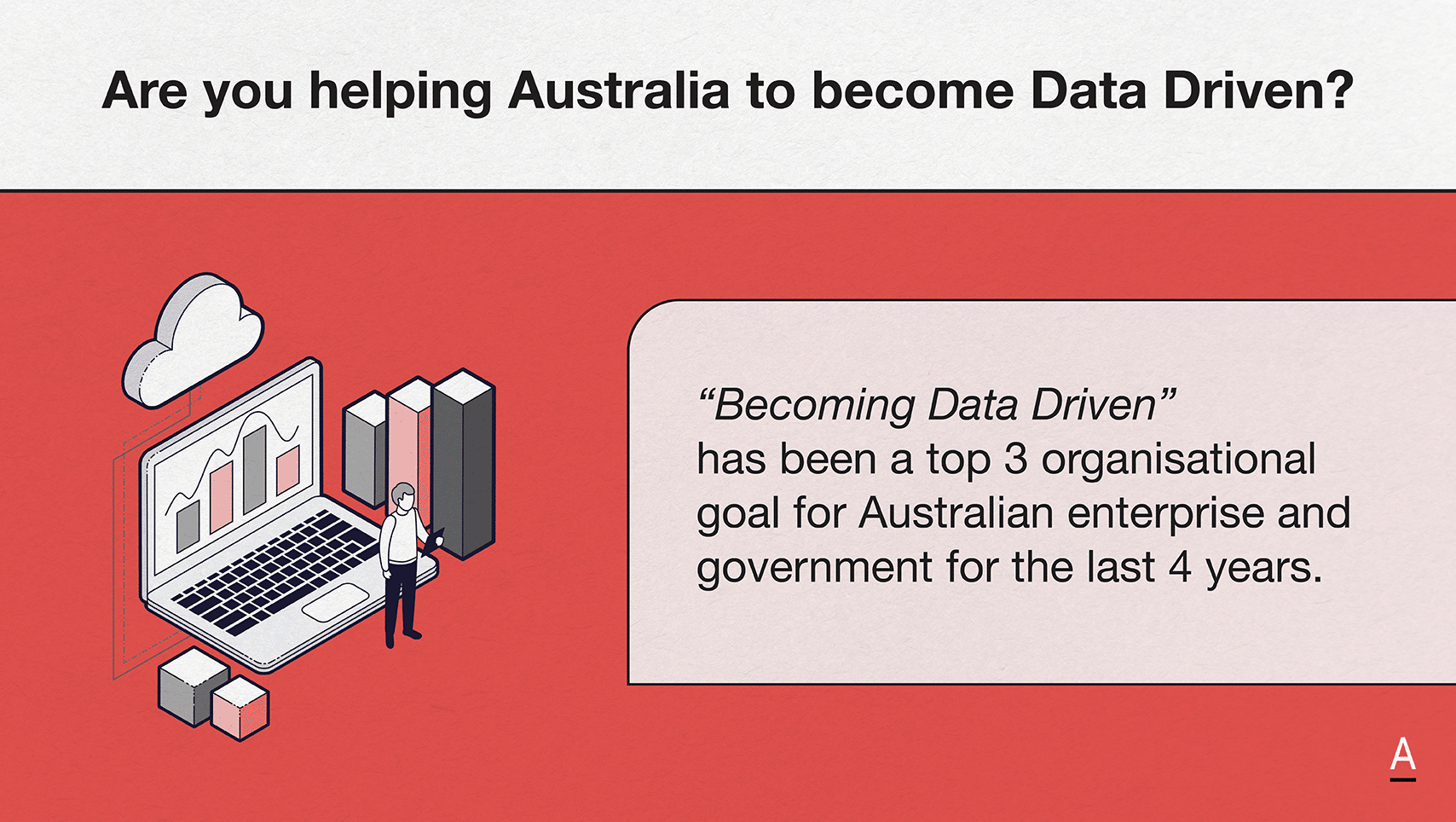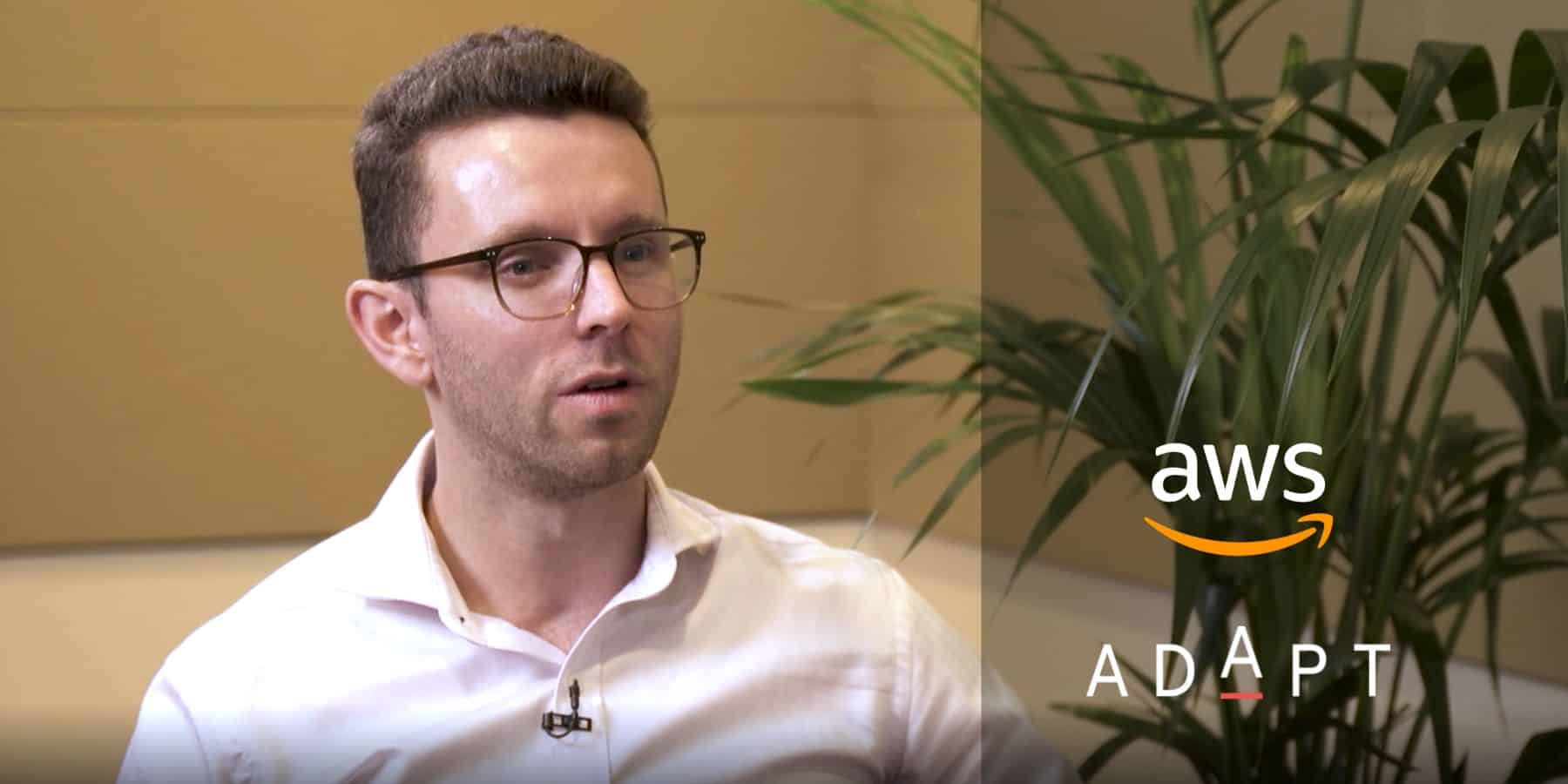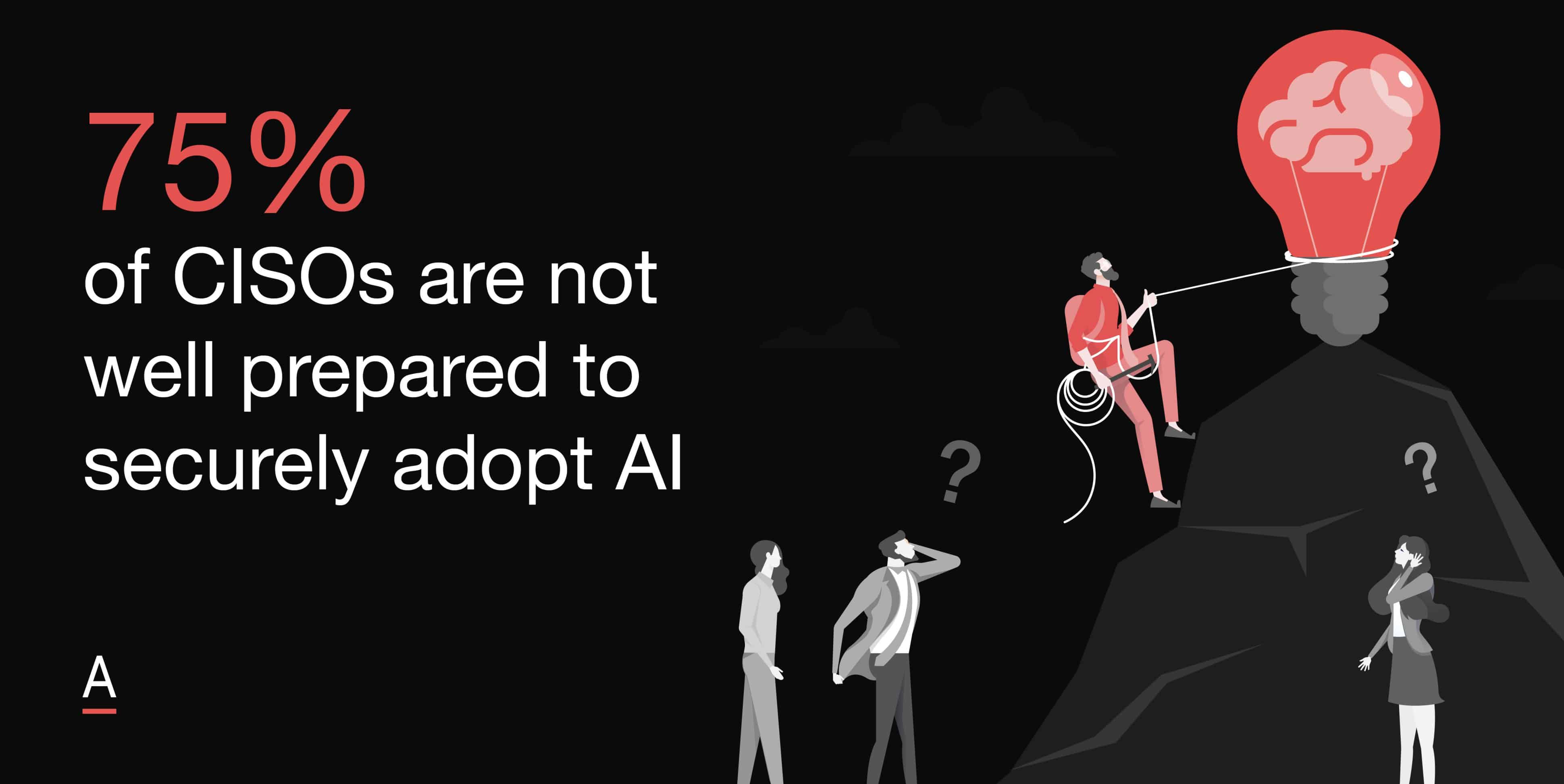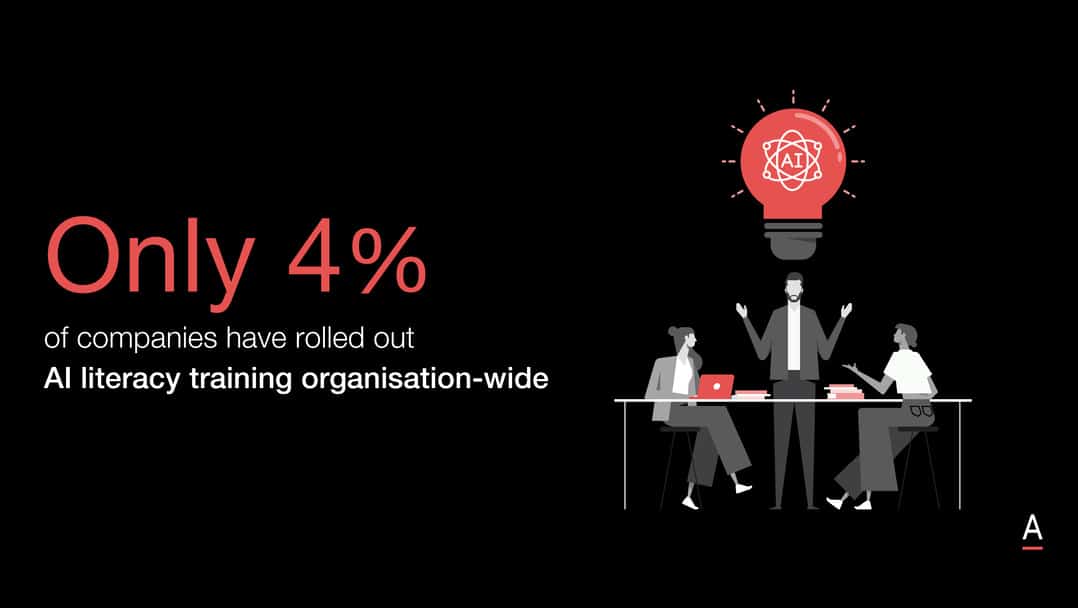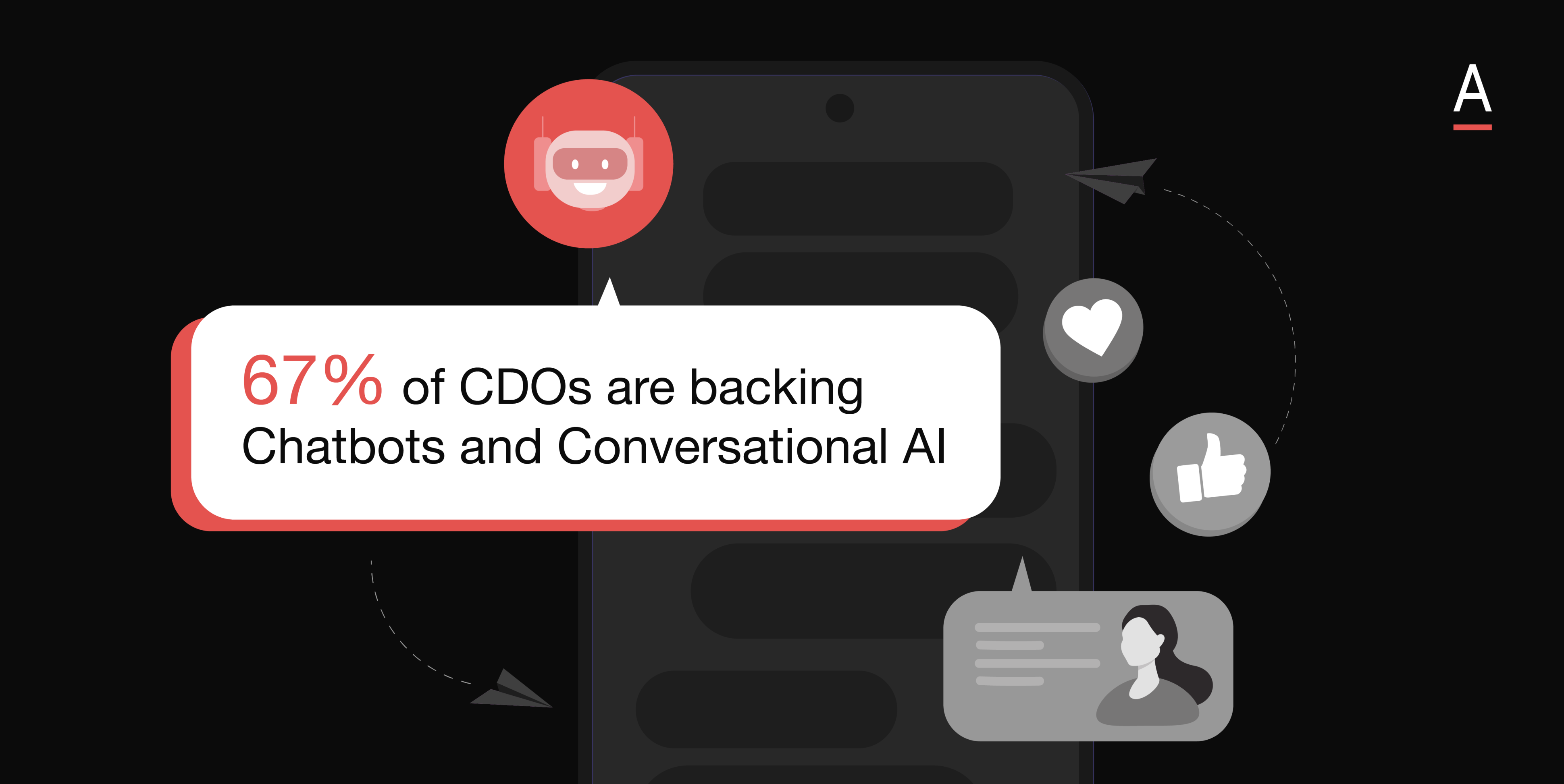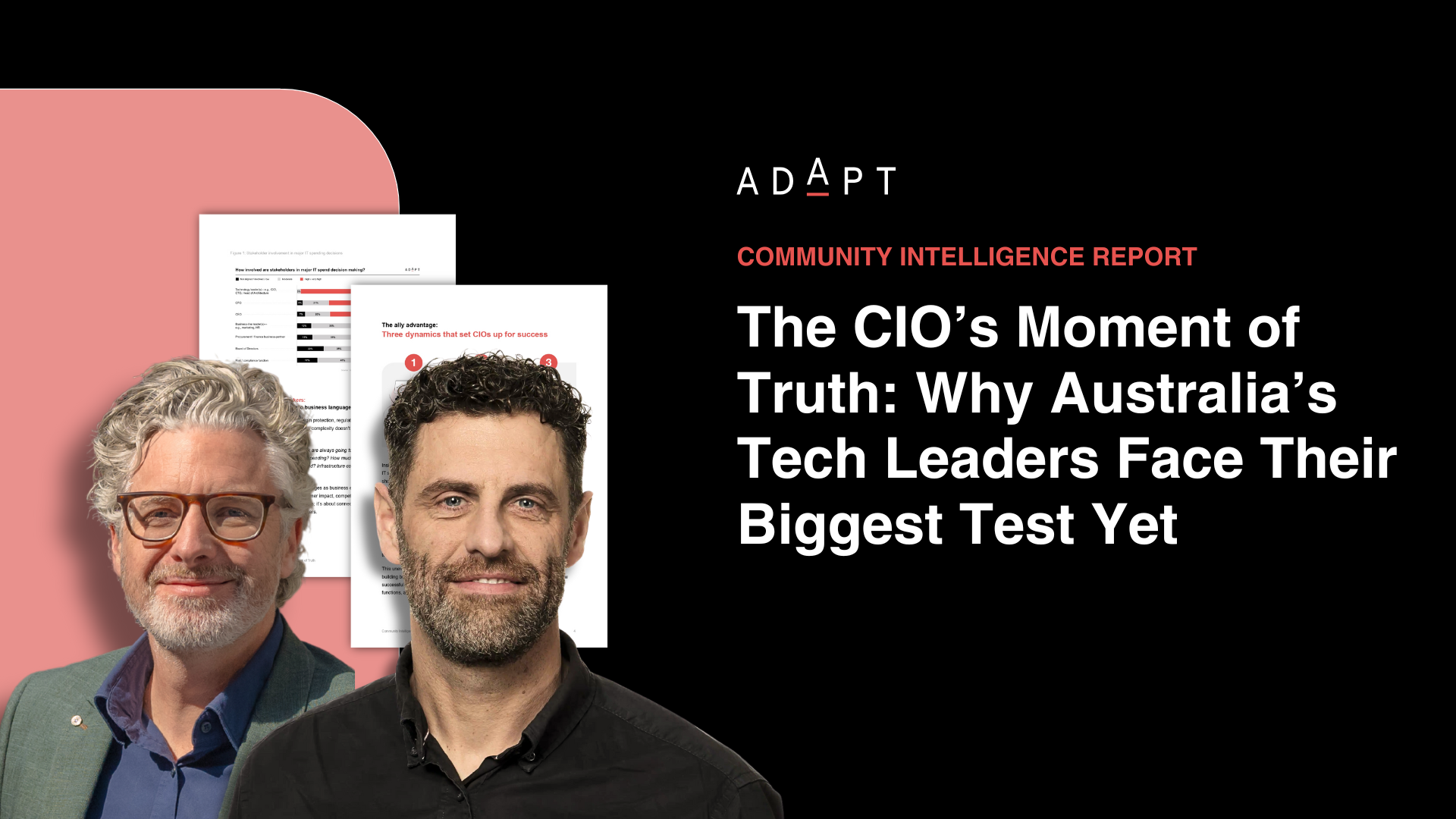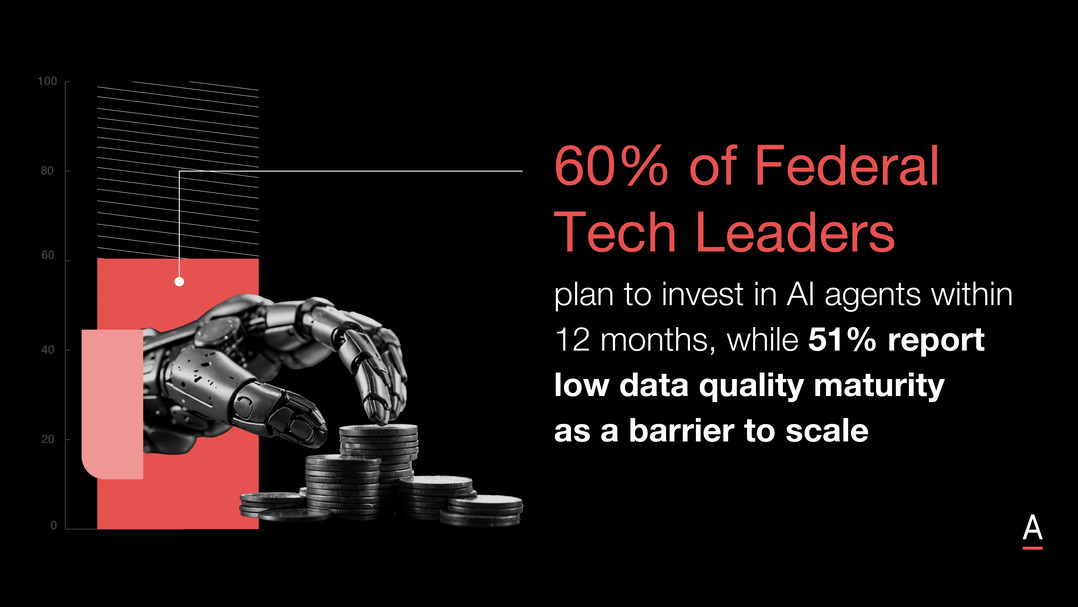Australia’s C-suite are all hitting the same wall
Australian CIOs, CDOs, CFOs, and CISOs face shared tech barriers. ADAPT data reveals the shifts needed for AI, modernisation, and outcome-led execution.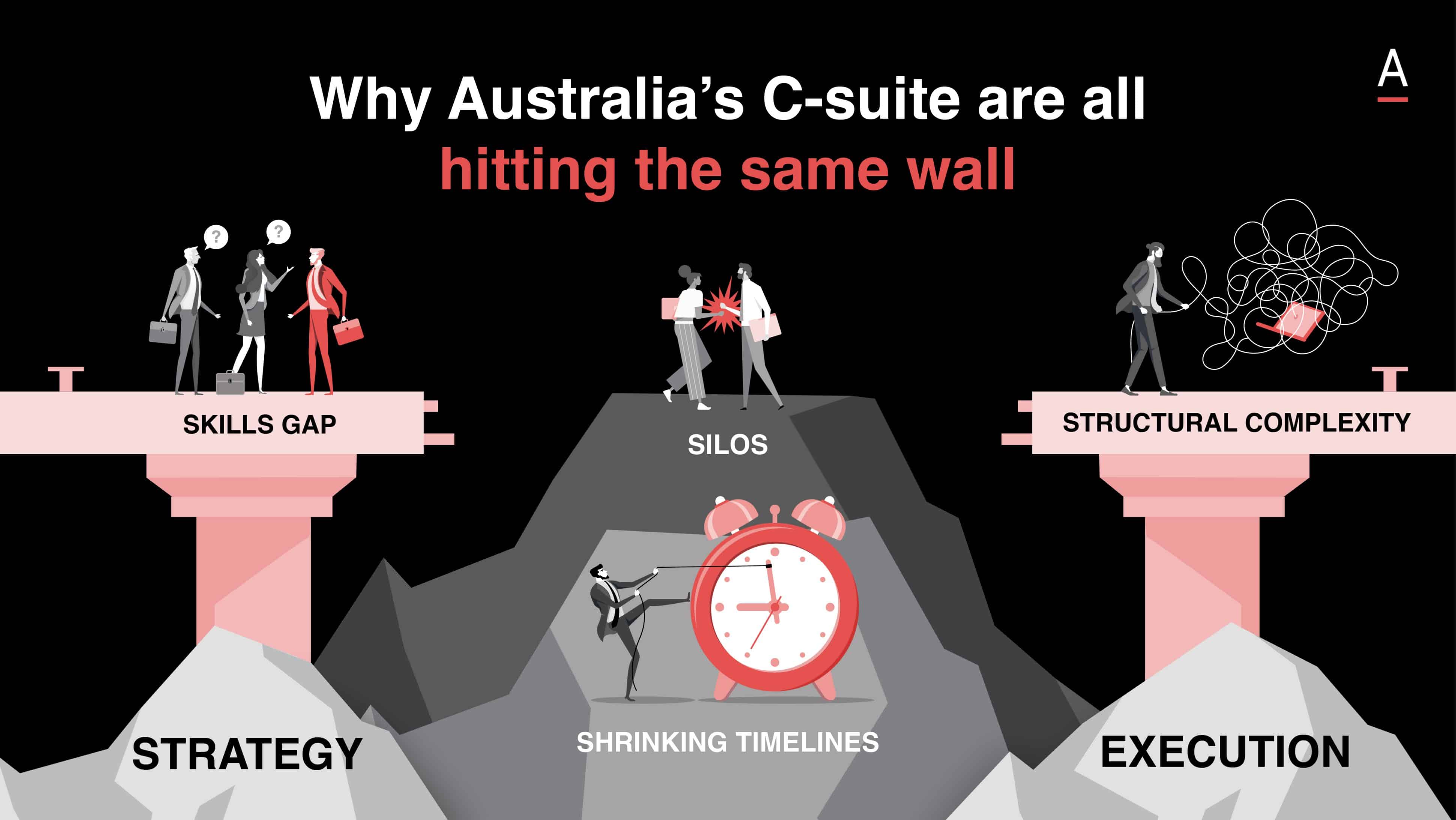
I’ve spent over a decade immersed in the presentations, interviews, and research that flow through ADAPT’s Edge events, sitting with Australia’s C-suite as they navigate high-stakes decisions and mounting complexity.
From boardroom transformations to frontline experimentation, their strategies may vary, but the friction points rarely do.
Whether the focus is AI, security, infrastructure or customer experience, the same challenge surfaces again and again: progress is expected, but the organisation beneath it is not always built to support it.
These leaders are not short on ambition. What they need is clarity, alignment, and the right structure to move at speed.
We look back just at ADAPT’s 2025 Edge events so far, including CIO Edge, Security Edge, Data & AI Edge, Digital Edge, and Cloud & Infrastructure Edge, to examine where executive priorities are aligning and what structures are enabling real progress.
A shift from technology-first to outcome-led strategies
Transformation used to hinge on securing budget for big-ticket systems or tools.
That equation has changed.
CIOs and CDOs are now expected to tie investment directly to revenue growth, efficiency gains, or risk reduction, on timelines set by CFOs, not technology teams.
At CIO Edge, 60% of CIOs reported difficulty justifying IT spend.
Half said they lacked visibility across their tech environments
This lack of transparency is weakening investment cases in front of increasingly ROI-driven CFOs.
While 70% of CIOs plan to increase investment in generative AI, only 4% of budgets are being allocated to it.
Boards are approving smaller windows for return, and most expect results inside 12 months.
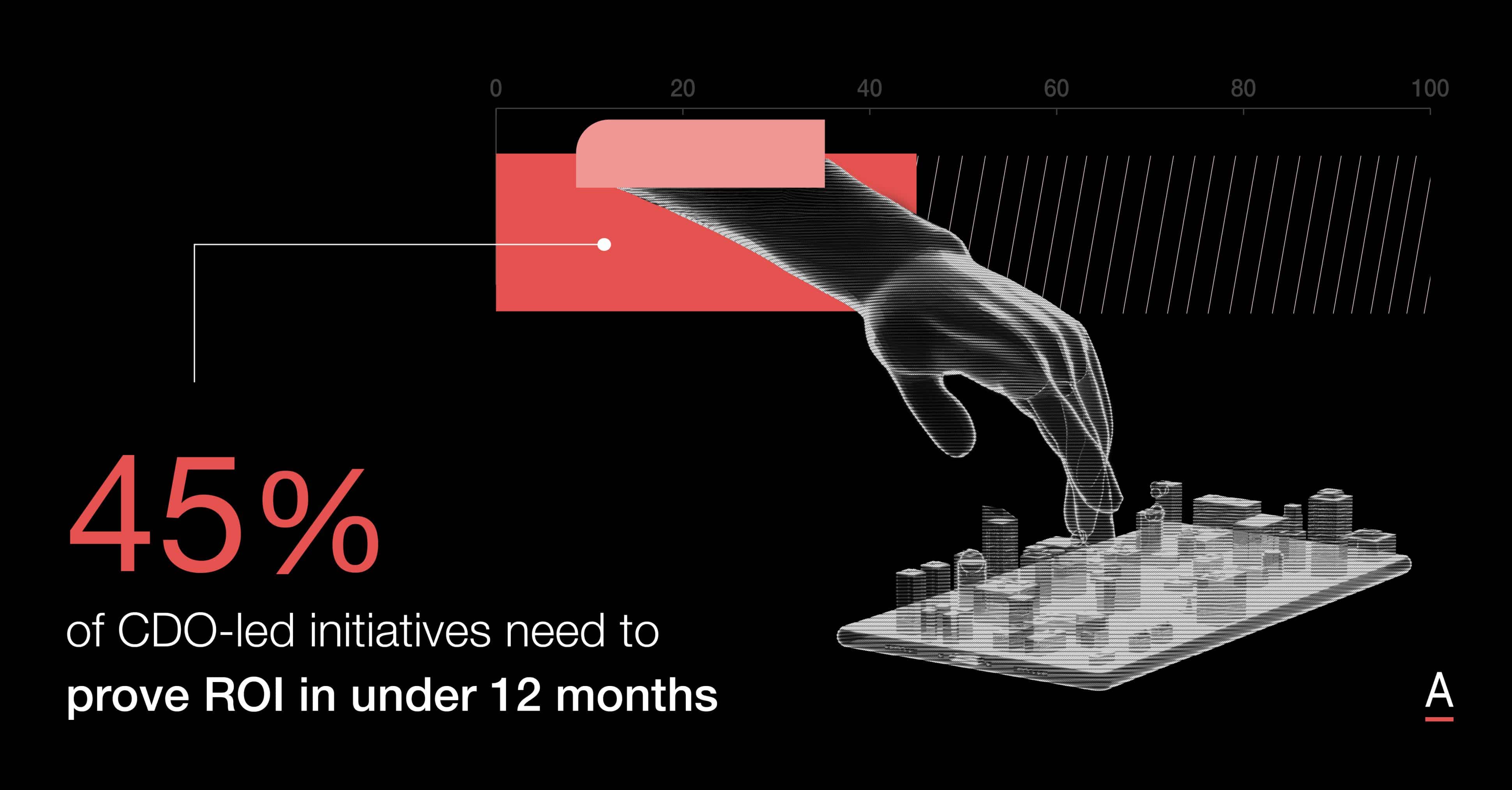
That pressure is pushing CIOs and CDOs to frame AI and digital initiatives around specific, measurable business objectives.
Amy Shi-Nash, Chief Data and Analytics Officer at Tabcorp, shared how small experiments tied to operational KPIs helped her team build trust and gain traction.
Similarly, at Data & AI Edge, Artak Amirbekyan, Chief Digital Officer at EBOS Group, formerly at Transurban, showed that AI programs framed around business-critical outcomes, like fraud detection, gained faster adoption from stakeholders and smoother integration into operations.
The role of the CIO has changed.
Delivering long-range technology blueprints is no longer enough.
Business impact must be evident at each phase of delivery, with data and governance frameworks structured to support continuous iteration.
Recent ADAPT survey also revealed that CIOs say that transformation roadmaps are being replaced by directional alignment and real-time reprioritisation.
Yet despite the pivot, legacy systems, poor cost visibility, and weak links between platforms and business outcomes continue to erode credibility.
Without stronger evidence of value, CIOs are struggling to justify stable budgets in front of finance leaders who estimate that 40% of deployed technology goes unused.
Consolidation is the cost of agility
Agility relies on having systems that talk to each other, teams that understand their environment, and platforms that don’t block integration.
Yet most organisations are operating with legacy sprawl, siloed ownership, and patchy governance.
At CIO Edge, 50% of leaders admitted they had limited insight into their own environments, and many reported legacy sprawl across the enterprise.
![]()
The impact extends beyond IT.
At Security Edge, CISOs described growing risk exposure from duplicate platforms and inconsistent policy enforcement.
Despite cyber security receiving 13% of IT budgets, over half of organisations still fall below Level 2 in Essential Eight maturity.
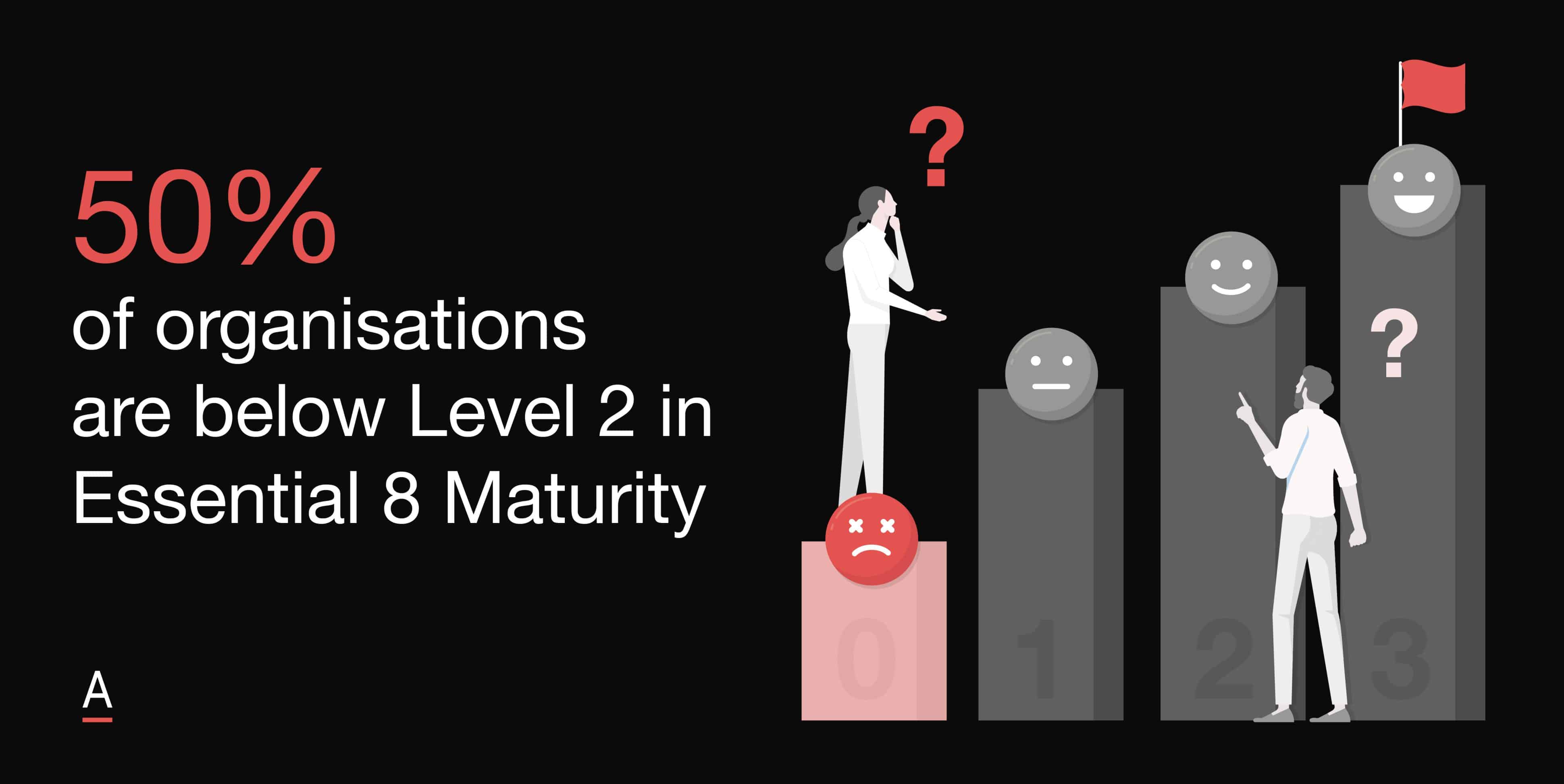
Identity and access issues, driven by legacy fragmentation, remain unresolved across high-value systems.
The issue is compounded by duplication.
Downer’s Group CIO, Nicola Dorling, highlighted that without mapping technologies to the business model and value chain, duplication goes unchecked and investment spreads too thin.
Andrew Cresp at NGM Group pointed out that every additional platform is another attack surface, increasing cyber risk and draining operational budgets.
ADAPT data also reinforces this: only 44% of critical infrastructure providers meet baseline Essential Eight compliance.
Many CISOs are forced to prioritise AI governance and identity management with constrained resources and little business support.
These leaders are making hard trade-offs between control and enablement—juggling innovation aspirations with low internal maturity.
Consolidation is now a strategy for resilience and scale.
Leaders are reducing redundant systems, streamlining procurement, and modernising around core capabilities.
At Cloud & Infrastructure Edge, platform engineering leaders such as Metcash’s Tom Quinn and Canva CTO Brendan Humphreys echoed this sentiment, pushing for shared policy layers and modular design to combat hybrid sprawl and strengthen observability.
With hybrid adoption quadrupling and public cloud usage dropping to 30%, infrastructure complexity is compounding execution risk.
Without that simplification, AI won’t integrate, and CX won’t unify.
Every extra layer adds latency and every delay costs influence.
4 investment areas, 4 structural bottlenecks
Across Australian organisations, four priorities dominate investment agendas.
They reflect shared ambitions, but also common limits.
1. AI enablement – Delayed by low team fluency
Leaders are concentrating on targeted, high-yield use cases like customer triage, fraud detection, and service automation.
These are quick-win areas that prove value fast, without overhauling the enterprise.
John Cox, former Chief Technology Officer at Coles, illustrated this approach through an AI-powered HR bot that cut case-handling costs from ten dollars to ten cents.
The breakthrough was technical and operational, driven by a clear problem, strong ownership, and direct savings.
Still, wider adoption is constrained: only 20% of CDOs report effective use of data to enhance customer experience, and many face internal pressure to deliver value in under 12 months despite low AI maturity.
2. Data governance – Blocked by lack of formal structure
Every AI ambition starts with trustworthy data, yet only 14% of firms have formal governance frameworks in place.
This is the bottleneck. Without integrated pipelines and clear stewardship, AI use cases collapse under complexity and risk.
Organisations chasing personalisation, automation, or scale without fixing their data layers are stalling early.
3. Platform simplification – Slowed by tool sprawl
Tool sprawl and overlapping platforms are dragging down agility.
CIOs across ADAPT’s Edge events report fragmented estates that obscure visibility and waste spend.
Simplification is a strategic requirement to unlock the next phase of transformation and enable AI to operate across workflows rather than in silos.
4. Talent upskilling – Limited by budget and ownership
Even the best tools fail without internal capability.
Only 25% of organisations have formal AI champion teams.
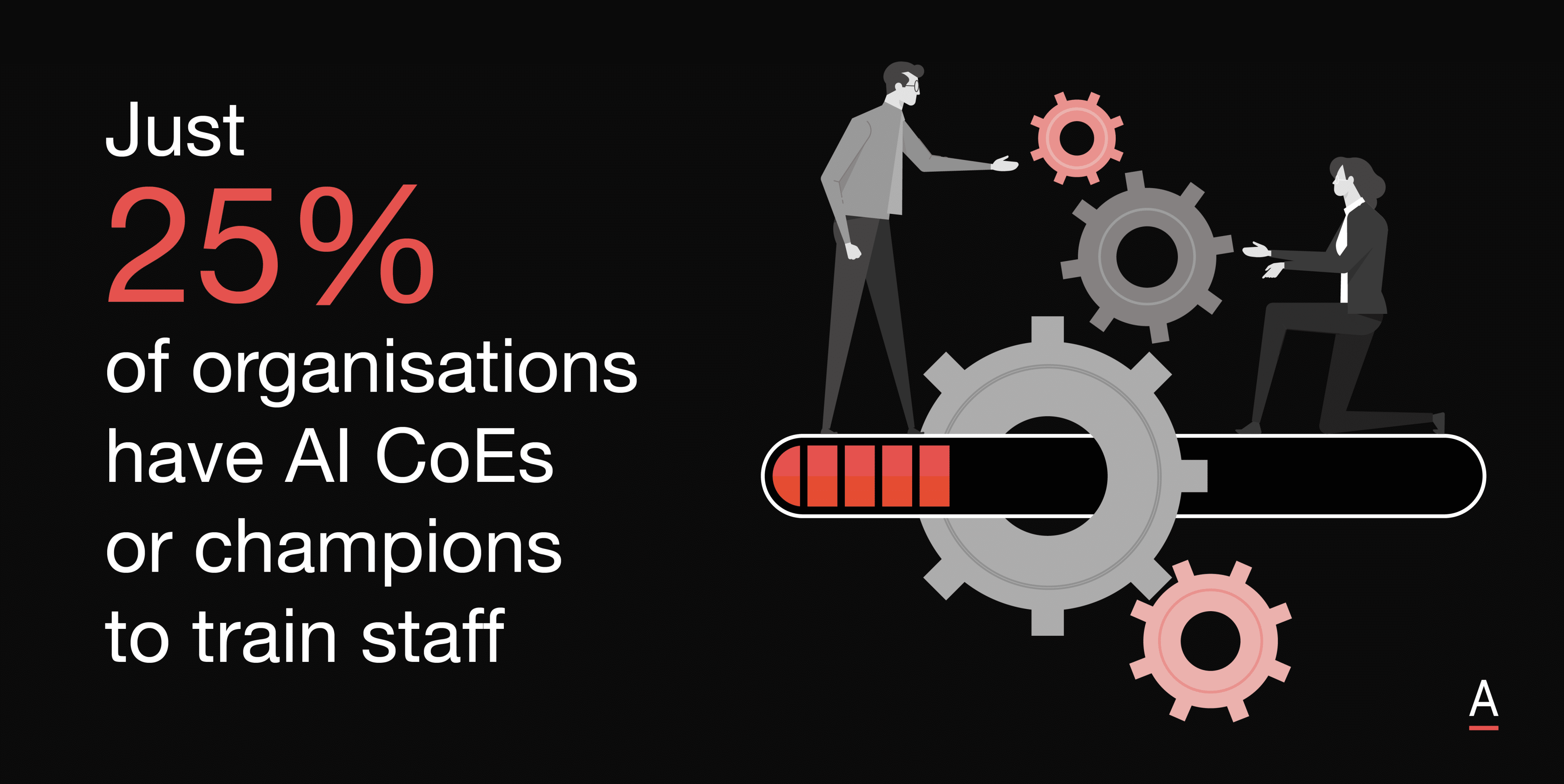
Few mandate staff training.
Without fluency in digital, security, and AI foundations, organisations keep outsourcing execution or shelving potential.
Upskilling is the only way to embed transformation into the business and scale it sustainably.
These constraints reinforce each other.
AI depends on reliable data. Cyber security depends on visibility.
Experience design depends on shared fluency across systems. When these foundations are disconnected, progress stalls.
Organisations making progress are aligning ownership, sequencing and structure.
The rest are funding disconnected efforts that cannot scale.
3 blockers stalling transformation
Across ADAPT’s 2025 Edge events so far, transformation efforts repeatedly stalled in three specific areas: limited workforce capability, fractured organisational structures, and compressed delivery expectations.
These are not abstract challenges.
They show up in failed deployments, underused platforms, and digital programs that burn budget without momentum.
1. Technology is outpacing capability
Digital and AI investments are moving faster than internal understanding.
Most teams are being handed tools without the knowledge, governance context or confidence to use them effectively.
At Data & AI Edge, 80% of leaders said their data environments were not ready for AI.
That gap has consequences.
Business units are launching initiatives without shared definitions or basic data literacy, which results in stalled pilots and poor adoption.
At Cleanaway, Sandy Aitken described how his team’s AI efforts were constrained by fundamental gaps in data quality and organisational fluency.

Technical platforms, he explained, only deliver value when employees across the organisation understand how to engage with them securely and consistently.
Skills development is a critical path for delivery.
Without broad-based fluency across operations, even the most strategic AI deployments fail to embed.
2. Fragmentation blocks velocity and coherence
Transformation is rarely slowed by lack of ambition.
More often, it is blocked by overlapping functions, competing incentives, and handoffs that drain momentum.
CX leaders at Digital Edge described journeys delayed by rigid policies and unclear accountability.
Gabby Fredkin revealed that 75% of organisations still face broken omnichannel experiences, and only 27% are making active progress toward resolving them.
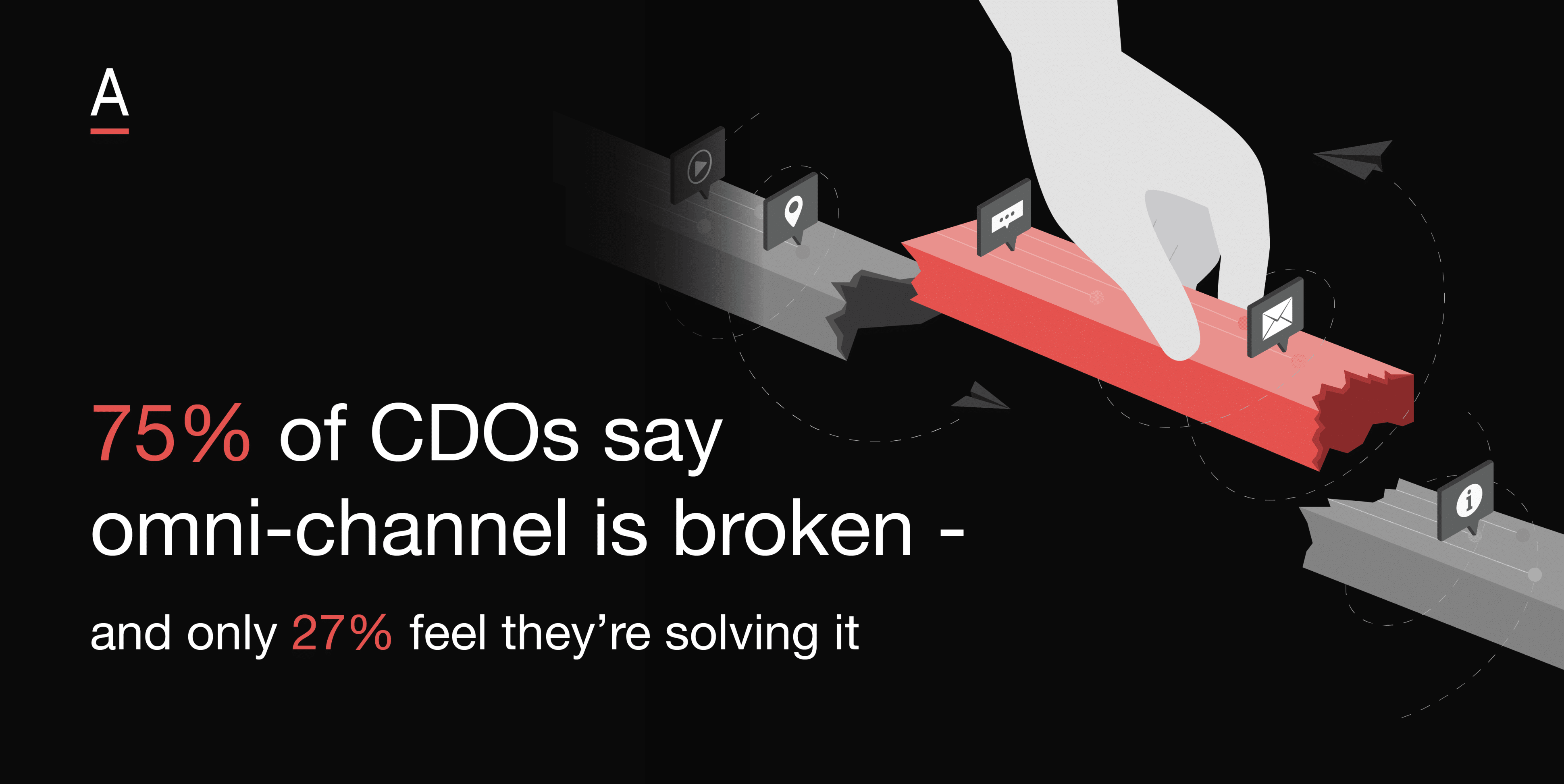
The problem is structural.
Most organisations still operate with legacy roles and function-first designs.
Product, engineering, customer, risk and compliance often work toward conflicting timelines.
Christina Igasto at Service NSW showed that real movement happens when design, delivery, and policy formation are aligned from the start.

In her teams, decentralised decision-making and user-driven service design replaced handoffs with shared ownership.
Without restructuring, silos will continue to isolate insights, delay outcomes, and dilute accountability.
3. Delivery pressure is rising faster than readiness
Executives are being asked to show returns faster than their organisations can adapt.
At Digital Edge, it was revealed that 45% of CDO-led initiatives were expected to deliver ROI within 12 months.
These expectations are colliding with legacy systems, unautomated workflows, and low confidence in data quality.
Cloud leaders face a similar strain.
Public cloud workloads have dropped from 46% to 31% as infrastructure heads rebalance cost, governance, and compute pressure.
Hybrid models are surging, but 78% report they still lack FinOps KPIs to manage the shift effectively.
Short timelines are not the issue in isolation.
The problem is that expectations are being accelerated without corresponding investment in the people, platforms, and structures required to meet them.
Without this foundation, delivery teams will continue facing unreasonable pressure with limited capacity to respond.
The result is burnout, missed targets, and increasing resistance to change.
How can Australia’s C-suite make AI transformation work?
While investment continues across AI, data, platforms and customer experience, progress remains uneven.
The common thread across stalled efforts is the absence of structural readiness. Technology is being introduced faster than organisations can absorb it.
To move forward, leaders need to stop treating capability, governance and delivery as disconnected initiatives.
These three structural actions are proving essential to execution that scales.
1. Build AI fluency before chasing scale
Deploying technology without internal capability weakens outcomes.
Nearly 70% of organisations have introduced AI agents. Only 4% have AI literacy programs in place.
Eight in ten CDOs say their data environments are unfit for AI.
Most teams are still working with inconsistent definitions and limited awareness of how to use the tools they’ve been given.
At Data & AI Edge, Dr. Michael Kollo, ADAPT’s Director of AI, has repeatedly warned that organisations are racing into AI implementation without basic internal fluency.
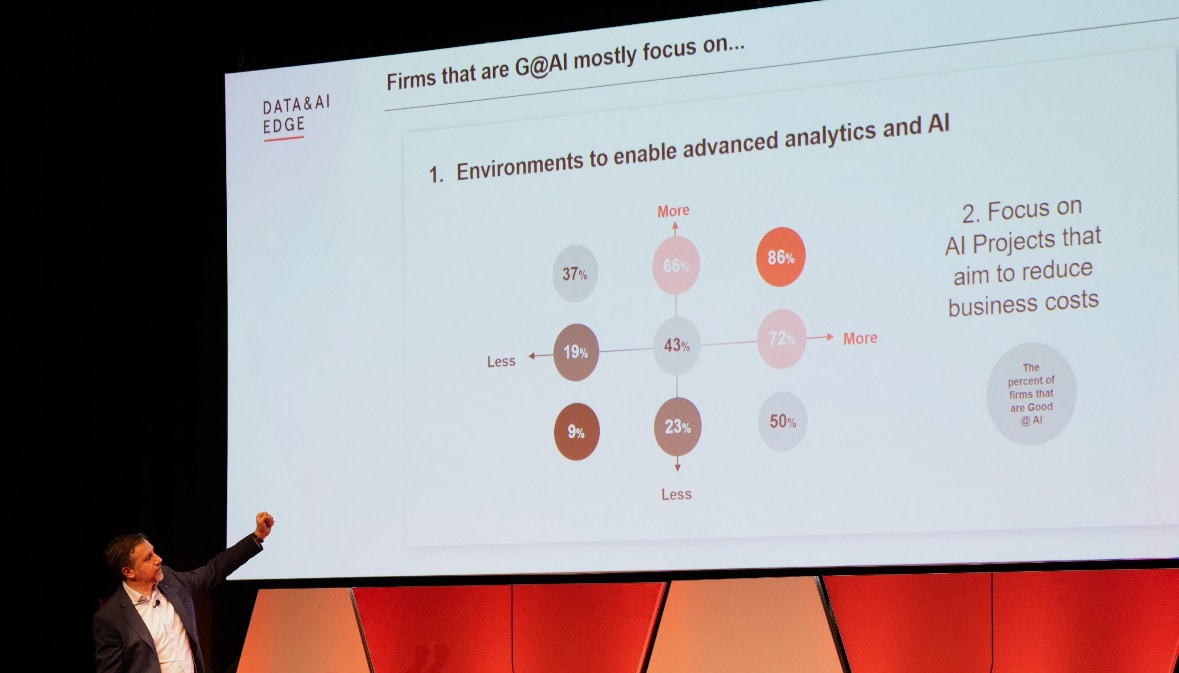
He notes that without shared language, working definitions, and a confident user base, these investments risk delivering isolated outcomes at best or failure at scale.
At the same time, just 13% of CIOs report success in AI initiatives.
The ones seeing progress point to tight alignment with business goals and system simplification.
Tools alone do not create value.
Execution depends on how well people understand, govern and use those tools in context.
Building fluency needs to happen first.
That means formal training, operational education and ownership of AI capability inside the business.
2. Use governance to accelerate transformation
Governance is still treated as a blocker in many organisations.
Most firms have no formal structure to manage AI use.
At Security Edge, 76% of CISOs said they are not prepared to implement AI securely.
This is where federated models are helping.
At NBN and Komatsu, distributed accountability gives teams the freedom to move quickly while staying within clear boundaries.
That mix of agility and control allows safe progress at speed.
Katrina Read from ServiceNow showed how AI agents, embedded directly into workflows, helped reduce delivery risk and improve outcomes.
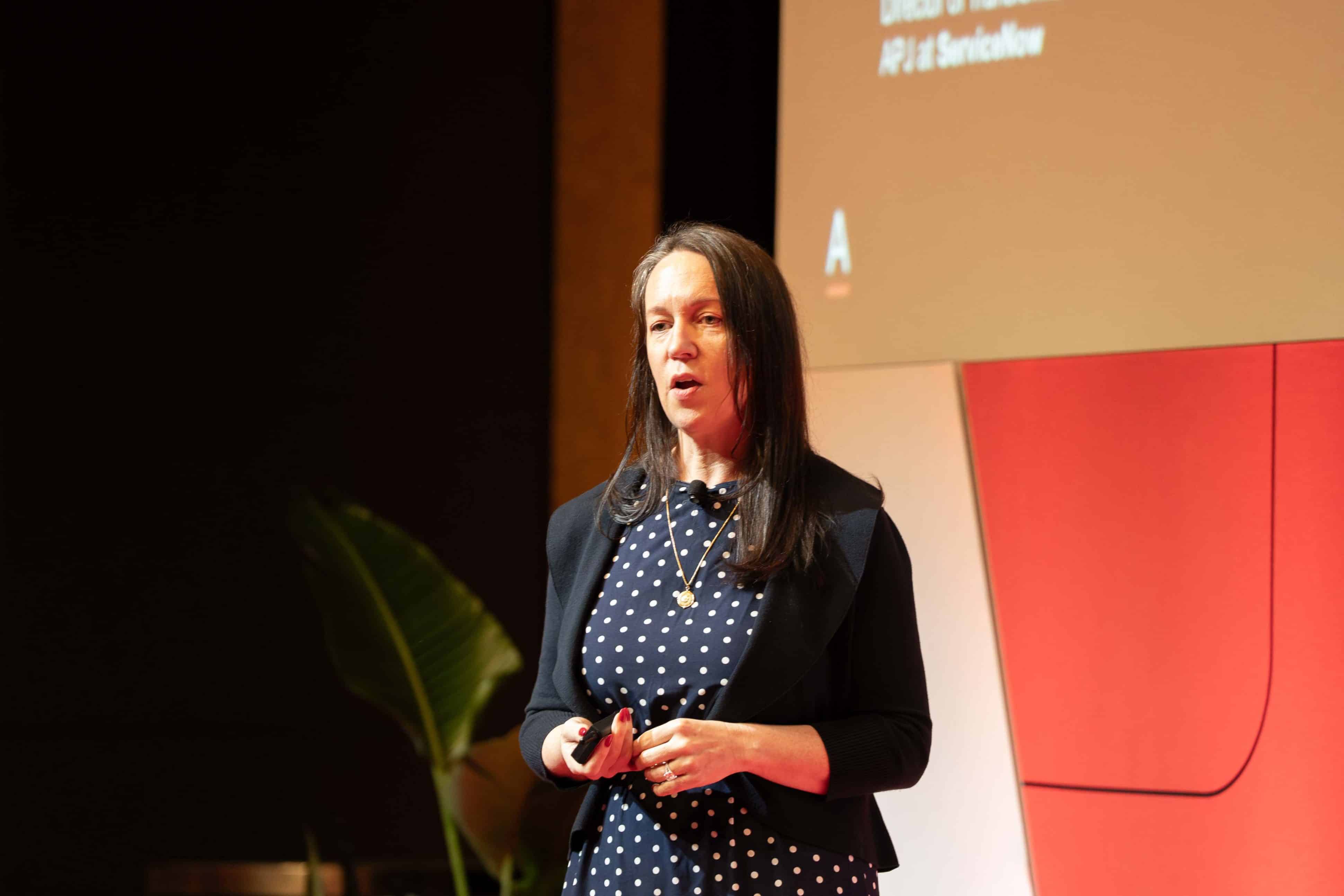
These results come from redesigning governance as part of execution, not as a separate oversight function.
Boards still lack clear frameworks for AI.
But operational teams are finding ways to move forward by shifting governance from static policy to practical structure.
3. Break down silos with shared goals and simpler systems
Fragmented delivery models make coordination difficult.
When teams work on different systems with different priorities, transformation loses momentum.
Gabby Fredkin’s data showed that 75% of firms are struggling with broken omnichannel strategies.
Most of those issues come from how organisations are structured.
Workflows are split across functions that don’t fund, measure or report in the same way.
Simpler architecture plays a role too.
Shankar Vedaraman explained how zero-copy design reduces governance burden by removing duplicated environments.
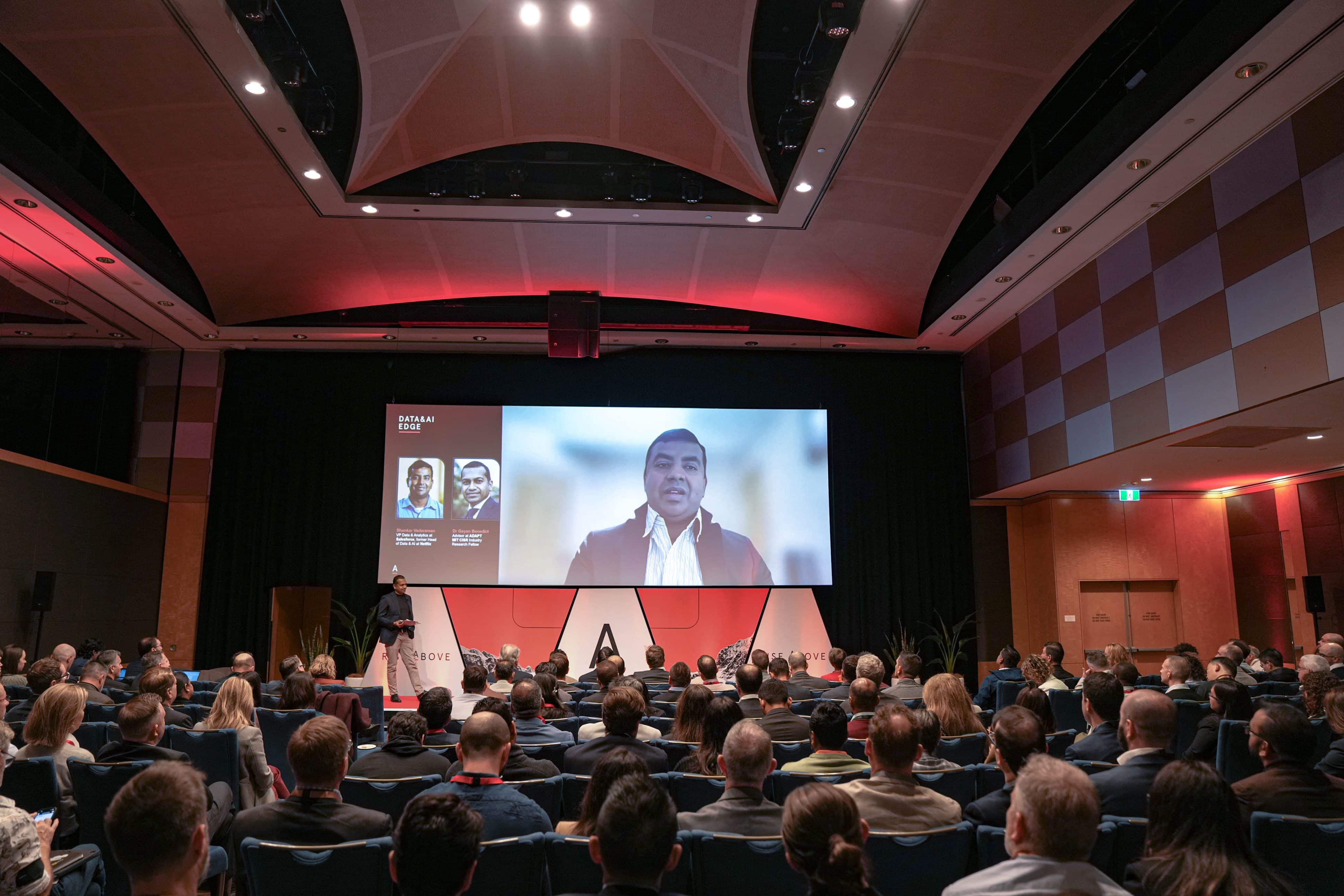
Teams get faster access to data with stronger compliance controls.
Capability must scale from within.
Centres of Excellence, embedded champions and internal learning programs are helping teams move without relying on vendors to solve every challenge.
Shared goals, streamlined systems and embedded talent give teams the structure they need to deliver at scale.
Without these, even the best AI strategy fails to gain traction.
AI transformation will reward those who redesign how work gets done.
The leaders creating momentum are shifting roles, funding, and structures to support it.
Execution will depend less on vision and more on operational clarity. The window to build that foundation is closing fast.




